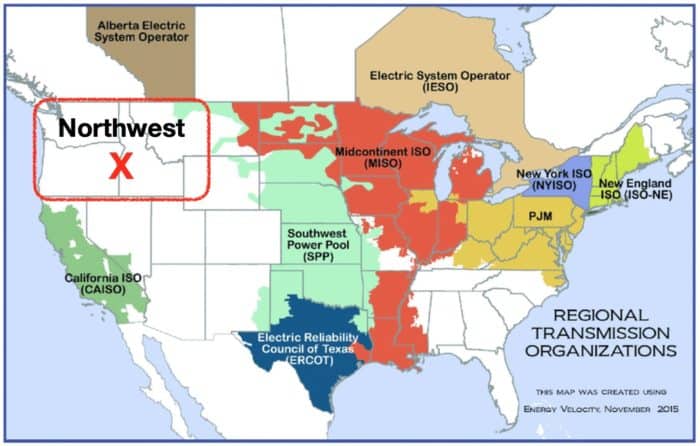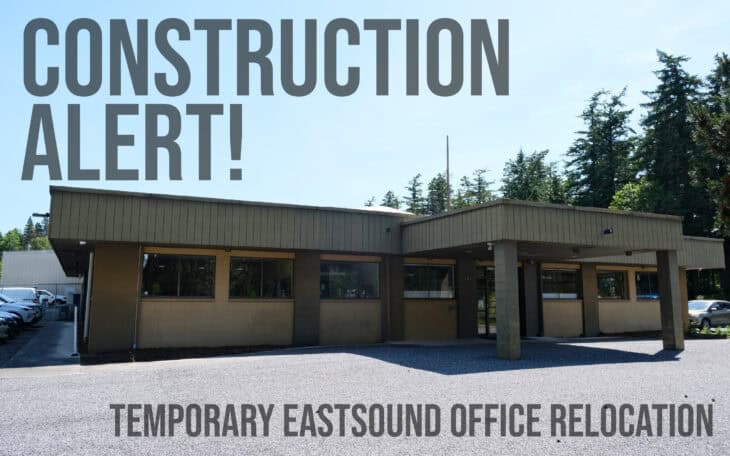OPALCO Board Approves 2016 Budget and Rates
OPALCO’s Board of Directors has approved the 2016 budget with measures in place to keep our Co-op financially healthy, following two years of declining energy sales. Members’ bills will go up by an average of 5% beginning in January and a new Energy Assistance Program will provide a monthly discount to qualified households. The full budget report is available online.
At the November 19th budget work session, the Board reviewed the results of the 2015 member survey and heard the voice of the membership say: do your best to minimize rate increases, use voluntary donations not rate increases to fund rebate and renewable energy programs, and place a high priority on rate relief for qualified seniors and low-income households.
The Board spent a day discussing budget measures and alternate billing and rate structures in detail before approving the budget at a regular board meeting on Friday, November 20th in Friday Harbor. Both meetings were attended by a handful of co-op members. To meet our budget needs, the Board decided to scale back capital credit distribution to 50% for 2015 when 1990 capital credits are issued. Within a couple of years, we would expect to true-up and return to our 25-year cycle. It’s a common practice for co-ops to adjust the pattern of capital credit distribution during periods of greater capital expense such as our submarine cable replacement project.
In December, the Board will have a second reading of the proposed billing increase, which is expected to be spread equally across both the facilities and energy (kWh) charges – taking the middle road, as more than 50% of our members preferred in the 2015 survey. The details of OPALCO’s new Energy Assistance Program will also be further developed in December: who qualifies, how to apply and how awards will be determined. Support for the Energy Assistance Program will appear as a line item on member bills (about $0.45/month for an average residential member: $0.0005/kWh x 900kWh/month).
The temporary Revenue Recovery “decoupling” line item ends in December. In 2016, a similar line item may be invoked in the case of a revenue shortfall – or windfall. This line item can also be used to issue a credit to members if revenues are higher than forecast.
On the Energy Savings front, General Manager Foster Hildreth estimates that our remaining allocation from Bonneville Power Administration (BPA) for energy efficiency and conservation rebates will take us through the summer — and possibly further. “Staff will prioritize rebates for residential measures to maximize member benefits,” said Hildreth. “We’ll do our best to keep a fairly normal cycle going until BPA funds are available again in 2017.”
In the past, OPALCO has been able to make use of BPA funds allocated to other co-ops that don’t have the ability to operate a conservation program. The potential for additional funding, along with targeted measures such as residential ductless heat pumps (that give us some incremental savings), will help extend our rebate program. Staff will also conduct education and outreach to members about the benefits of switching from propane heat to electric – and from gasoline-powered cars to electric vehicles. “We can save members money on their total energy usage – including gas and propane,” said Hildreth. “Why not optimize the one utility we all own? Members save on their total energy outlay and we all benefit from greater co-op energy sales.”
The 2016 budget includes staff time to research and plan a pilot community solar project, which would be funded by members’ voluntary investment. The planning for a location, system design and start-up funding will take place in 2016 with an offering to members who want to participate expected by early 2017.
OPALCO’s wholly-owned subsidiary Rock Island Communications came in on target for fiber to the home deployment in 2015, but behind schedule and over budget on LTE Wireless deployment due to a midstream change in the core equipment necessary to serve the challenging terrain of San Juan County. In 2016, with a new approach to LTE service, Rock Island expects to catch up on its service offerings and reach its financial targets.
OPALCO’s budget is built to meet the cost of service, which is higher than most other utilities given our remote island communities connected to the mainland by submarine cables. During the past two years of revenue shortfalls, we’ve tightened the belt along the way and delayed projects and hiring to meet the need. In 2016, we project a stable revenue year as the adjustments we’ve made for changing energy usage and weather patterns are built in to budget assumptions. It’s been a bit of a bumpy ride for all utilities in the region, but OPALCO projects smoother sailing ahead as we adjust to the new weather norms, get through the final two years of our submarine cable replacement project, major upgrades to our communications infrastructure, Rock Island’s start-up operations begin to level out and we begin to add new electrical load through fuel switching. Thank you for your patience and cooperation during the bumps!



